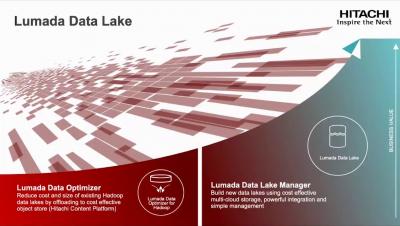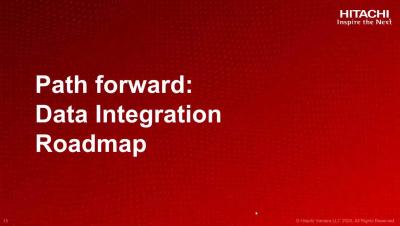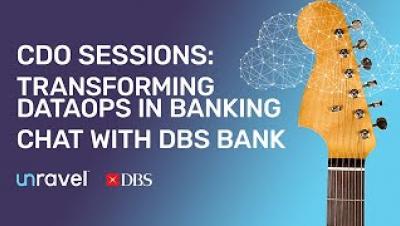Systems | Development | Analytics | API | Testing
BI
How To Weave Multicloud Data Fabric: Roadmap Session On Lumada Edge Intelligence
To Manage All Your Data Pipelines, Let's Follow The Lumada Dataflow Studio Roadmap
Cloudera Operational Database experience (dbPaaS) available as Technical Preview
The Cloudera Operational Database (COD) experience is a managed dbPaaS solution which abstracts the underlying cluster instance as a Database. It can auto-scale based on the workload utilization of the cluster and will be adding the ability to auto-tune (better performance within the existing infrastructure footprint) and auto-heal (resolve operational problems automatically) later this year.
The Rise Of Connected Manufacturing - How Data Is Driving Innovation Part II
A Shift Towards Industry 4.0 Is Improving Manufacturing Efficiency And Increasing Innovation In Part II of our series with Michael Ger, Managing Director of Manufacturing and Automotive at Cloudera, he looks in greater detail at how AI, big data, and machine learning are impacting connected living and the evolution of autonomous driving.
Operational Database Scalability
Cloudera’s Operational Database provides unparalleled scale and flexibility for applications, enabling enterprises to bring together and process data of all types and from more sources, while providing developers with the flexibility they need. In this blog, we’ll look into capabilities that make Operational Database the right choice for hyperscale.
Snowflake Enables Modern Cloud Data Analytics at US Foods
Approximately 300,000 restaurants and food service operators across the United States rely on US Foods as their national distributor for food and supplies. In return, US Foods takes a holistic approach to servicing customers by going beyond food offerings. The distributor provides a comprehensive suite of e-commerce technology and business solutions that help restaurants manage their entire business.
Minimizing Cloud Concentration Risk for Financial Services Institutions, Regulators and Cloud Service Providers
Since the financial crisis of 2008, regulators have been consistently working to identify emerging risks that can potentially result in financial stability events. The growth in cloud adoption across the Financial Services Industry (FSI) and the associated increase in reliance on third-party infrastructure providers has gained the attention of regulators at global, regional, and national levels.
CDO Sessions: Transforming DataOps in Banking
Qlik, Microsoft and...SAP, Oh My!
Today’s an exciting day in the world of data warehousing and analytics for enterprises that want to get more insight from their SAP data. Let’s face it – basically every enterprise on the planet that has SAP wants more value from their platform and data.








